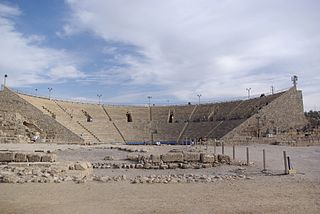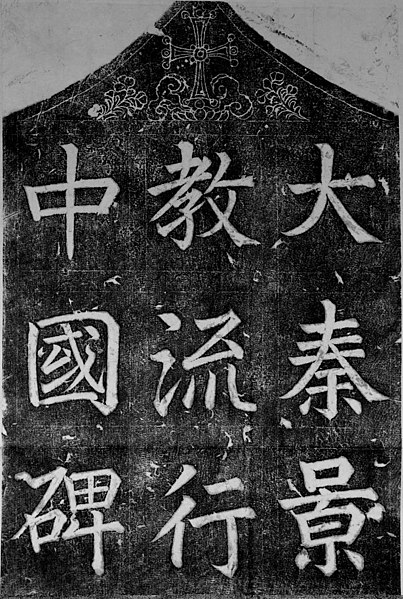The Resurgence of the Gospel, Part One: The Medieval Prologue and the Remapping of the World

Ruins of the Roman theater at Caesarea on the Sea.
Image: Wikimedia Commons
The point is that when things got hard for the church, the church took to the coast lines and the islands of the Mediterranean. Chapter 13 of Acts names some of the Christians from the middle Mediterranean: Barnabas, Simeon the Black (translation of the word Niger), and Lucius of Cyrene (Libya). The Acts of the Apostles tells of the spread of the church across the sea-lanes of the Mediterranean going west, north, and into what is now Spain. It also records the movement of the Christians upon into the Aegean Sea, a northern extension of the Mediterranean as Ephesus, Troas, then along the eastern coat of Greece, as Thessalonica, Athens, and Corinth.
The other factors were oppression, persecution, opposition, and invasions. Invasion had the overall effect of forcing Christians to leave for elsewhere unless they were able to absorb the invaders into the existing society and social structure. Such was the case for Italy and the surrounding countryside. Ostrogoths, Lombards, Visigoths, Franks, and others whom the Romans called Germans became part of the populace and in time fell under the influence of the Christians though longer in absorbing the implications of conversion and the Christian life. On the other hand, the invasions of the Alans and the Vandals, the latter the invaders of North Africa, had the impact of fostering a movement of Christians out of North Africa across the Strait of Gibraltar into western Hispania and Lusitania (Spain and Portugal), and up the coastline of Europe and into Roman Britain. From them came the growth and spread of the Gospel into Northern Europe.

The top portion of the Nestorian Stele.
Image: Wikimedia Commons
The outcome was the eventual spread of the Gospel into the western extremities of the Mediterranean and up the Nile. The result was the eventual process of Christianization. Had this been the whole story of the spread of the Gospel, the spread of the Gospel would have ended at the coastlines of Europe. Such was not the case. The real story of the resurgence of the Gospel began at the western termini of what we now call Turkey and the northern reaches of the Tigris river. The line of progression was the spread of the Gospel north toward the Caucasian mountains and eastward toward Persia and eventually by A.D. 635 into China when Alopen, a missionary from the Church of the East, and most probably a Syriac-speaker arrived in the Chinese capital of Chang-an. Emperor Taizong welcomed Alopen to his court. We know of Alopen from the Nestorian Stele which stands across one of the Silk Roads which facilitated the movement of peoples across Eurasia east to west and west to east.
This is an almost forgotten story of the movement of Christians into the steppes of far Eastern Europe, and into the areas of the Turkic and Mongolian peoples, north of present day Afghanistan, and beyond into China. The movement of missionaries from Syria and modern Iraq toward the western Malabar Coast of India is also a little known story. The Mar Thoma Christian Church of India traces their origin to a missionary journey of the apostle Thomas, who saw the Resurrected Jesus, and confessed, “My Lord and My God.”
It is the purpose of this writer to open up this chapter which began in part within thirty-five years after the conversion of Constantine. The rulers of the Eastern Roman empire tried to use their power to influence the Bishops of the Church but the eminent preachers of the Gospel were not men who could be intimidated. John Chrysostom was not to be silenced and even when he was exiled for criticizing the wife of one ruler, his influence was still felt. Gregory Thaumaturgus (“the wonderworker”), who studied under Origen in Alexandria, Egypt, spread the gospel into the Caucasus mountains which spread northward into Armenia and Georgia.
Category: Church History, Summer 2018


